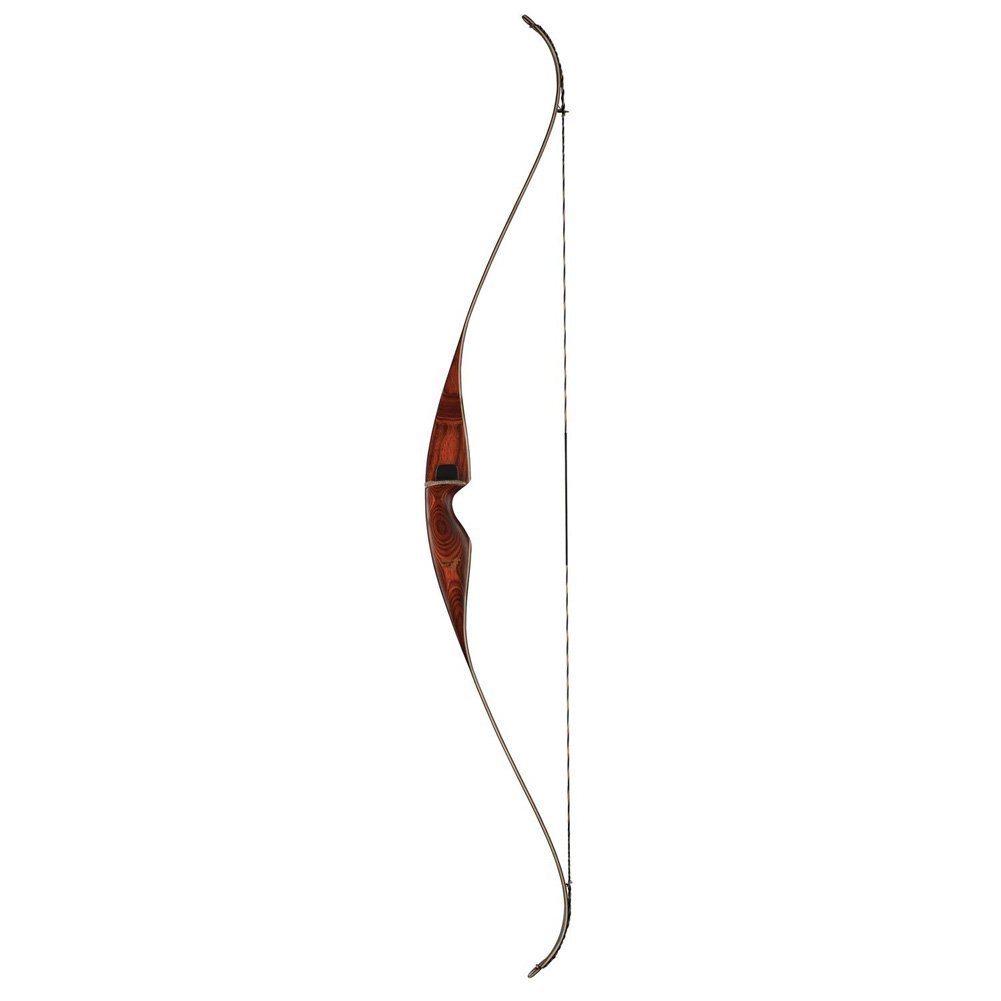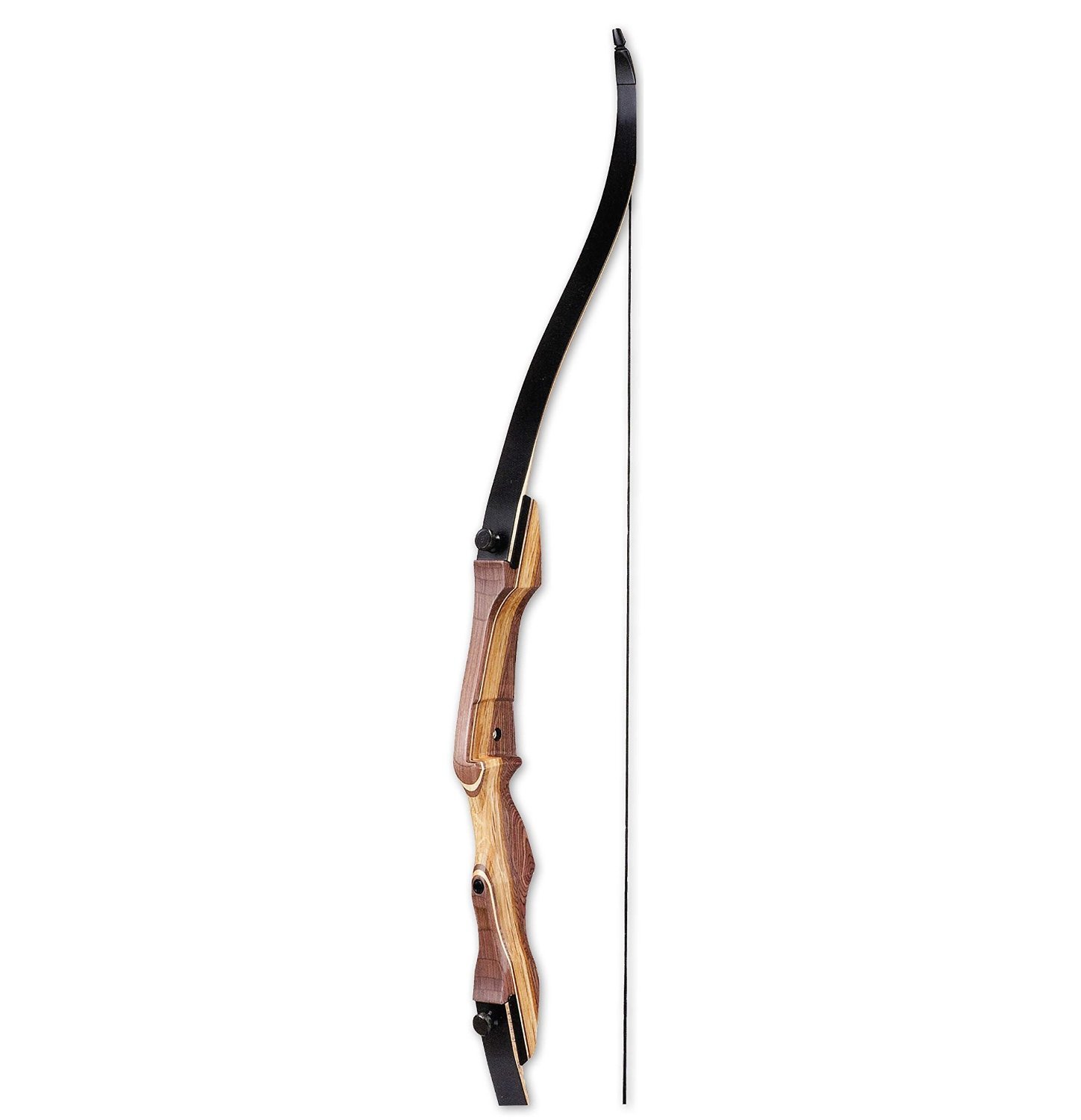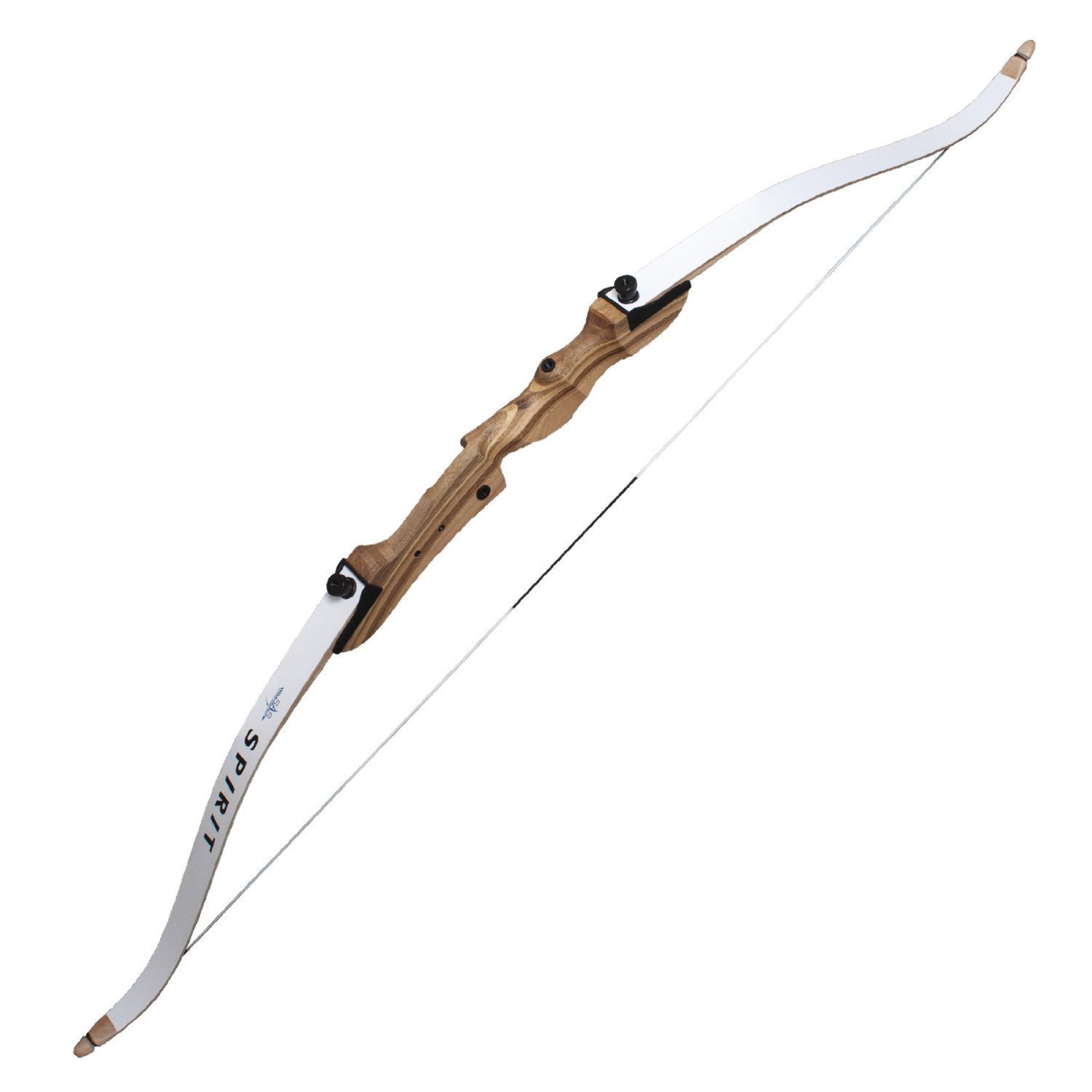Best Recurve Bow Reviews 2021 – The Ultimate Guide
If you are new to the sport of archery then you may be a bit overwhelmed. With all of the different bow brands and products out there, it can be easy to get lost in all of the choices. If you are looking for the best recurve bow, then this guide will help you make your choice. In this guide we will show you our favorite choices which will work with bow beginners and experts alike. Our chart will give you an easy to view comparison of those choices without having to flip back and forth between products, and our overview will give you an upper level look of the features of each of these recurve bows.
Top Recurve Bow Comparison Chart
The comparison chart below provides general recurve bow reviews our favorite products. You will find the general information you need at a glance to get a good comparison of each product we recommend. Take a look!
Product | Take Down | Draw Weight | Size | Price | Rating |
|---|---|---|---|---|---|
No | 30-60 lbs | 58'' | 5 | ||
No | 35-65 lbs | 62'' | 5 | ||
Yes | 25-60 lbs | 62'' | 4.8 | ||
PSE Mustang | Yes | 40-55 lbs | 56'' | 4.7 | |
Cell 5 / 1 | Yes | 22-34 lbs | 66'' | 4.6 |
Recurve Bow Buying Guide
Buying the right recurve bow for your needs isn’t always as simple as one might presume. It’s important to consider many different characteristics, due to the large and diverse selection available to you. We picked out eight characteristics that we feel are the most important:
1.Weight of the bow
It goes without saying that the lighter the bow is, the longer you will be able to carry it around with you, the easier it will be to climb with, and the more equipment you will be able to bring with you. Ultimately, your decision for your ideal bow weight will come down to what you plan on using it for; are you planning on hunting with it, or are you simply using it for target practice?
The latter gives room for heavier bows, whereas hunting may not.
2. Weight of the draw
(Not to be confused with the weight of the bow.) In short: the draw weight is the amount of force you need to exert in order to extend the bowstring, allowing the bow to reach its full potential. The higher the draw weight, the more force the arrow will hit your target with.
This is especially important to keep in mind if you intend to hunt with your recurve bow. It’s generally suggested that your draw weight directly correspond with your game, I.E. the larger the game, the higher the draw weight.
This isn’t to say that the draw weight doesn’t matter if you’re only interested in target shooting, simply that it matter less. The higher the weight the farther and faster your arrow will travel. Bear in mind that even a 30-pound bow will get the job done for most beginners.
3. Reliability and quality of the manufacturer
Although this is further down on our list, it could be the single most important question you ask yourself. Some key qualities to look for are:
- The riser and grip (Is the riser manufactured well? Is the grip comfortable?)
- Rigid limbs. Ideally, limbs should be at least semi-flexible, and the bow should demonstrate resistance to atmospheric changes.
- Low-quality bow strings. Which are, well, low-quality.
4. Limb quality
We touched briefly on limb quality above, but since it is such an important factor in finding a quality bow, we figured we should expand on it a little.
Ideally, limbs should contain some amount of fiberglass. It adds to the overall strength and quality of the bow, allowing them to put up with more for longer. It also keeps the limbs from being overly rigid, but also doesn’t allow for over-bending.
5. Quality of the riser
A good riser will have a comfortable grip, and the ability to reduce the vibrations from string release. The riser should be made out of either hardwood or some type of aluminum (depending on what weight you decided on in the first section.) Both materials are long lasting, durable, and lightweight. A great riser will also include brass bushings for the addition of extra, such as stabilizers and a bow sight.
Most modern recurve bows include brass bushings as a “standard” feature so, unless stated otherwise, it’s probably safe to assume that the bow comes with these.
6. Take-down
It’s important to consider if you need a takedown bow. In case you’re not sure what that means, simply put, two limbs can detach from one another by removing a few screws. This has a few advantages:
- It’s easier to store.
- It’s easier to transport when traveling in a car or plane.
- It’s easier to ship.
- If something breaks, you don’t have to send the whole bow off to be repaired. Simply the part that actually broke.
7. How long the recurve should be
Ideally, your recurve should be twice as long as your draw length. For example, if your draw length was 30 inches, your recurve should be 60 inches or more. Generally, the longer the bow, the more accurate it will be.
8. What accessories you want
While most accessories are optional and simply a matter of preference, it’s important to consider what type of extras you’d like. This goes hand-in-hand with #5, as not all bows have the brass bushings as a standard.
If you opt for a recurve bow without brass bushings, you can add a simple peep sight, or a glue-on arrow rest. When the bow does come equipped for add-ons, your options open up quite a bit.
Now that you know some of the main qualities to look for in a recurve bow, here are some quick reviews of our favorite picks.
Bear Archery Grizzly
The Grizzly is our top pick in the realm of recurve bows. Bear archery has a history of building great bows, and this one is no exception. The design is fantastic and it really packs a punch. This is a classic design that hasn’t changed in 50 years, and doesn’t need to. Here is why you should take a good look at this one.
- Strong material which will let this bow last a long time
- Made with maple which gives it a strong appearance
- Light weight for easy transport and shooting
- Comes with flemish twist string for easy string adjustments
Not surprisingly, it has a 5 star rating on Amazon. Most of the reviews tend to exemplify the quality and the beauty of this bow. It also has something called “FutreWood”. It is a manufacturing process that Bear Archery uses that gives the wood new properties that helps prevent warping. Give this one a look – we think you will like what you see.
Martin Archery Hunter
The Hunter is a very high quality bow that is still suitable for beginners. Made of strong maple and strong limbs which make it very hardy, and the reinforced limb tips allow it to handle pretty much any string out there right now. Another great feature is the lack of vibration on release. Oftentimes this throws beginners off, but this will allow someone to retain accuracy without worrying about the bow shaking.
- Easy to use
- Lightweight at 2.3 pounds
- Marble build with fiberglass shell
- String draw is smoother than you can imagine
Samick Sage Takedown
The Sage Takedown is on the simpler side when it comes to bow builds, and this makes it our top pick for a pure beginner. Unlike many other beginner bows, the limbs on this are strong and won’t break easier. It will advance with you so you won’t have to replace your equipment as early when you want to upgrade your strong or draw. With little vibration and a strong draw, you aren’t sacrificing too much when going for a lower price.
- Simple riser design
- Reinforced limbs
- Built in components for upgrades
- Purchase limbs separately to increase or decrease draw weight
PSE Mustang
The Mustang is a very strong bow and this makes it great for hunting. The draw weight on the lower end is pretty high so this one may not be for beginners, but otherwise it is extremely solid. You need to know what you are getting with this one though – the power does come at a cost. It does make a bit more noise than other bows in it’s class. It is also better to use feather-tip arrows with this one as others can cause the bow to rock when shooting. Knowing this, it is still a great pick.
- Strong take-down potential
- Maple makes for strong limbs
- Breaks down for easy transport
- With the right arrows, has a very smooth release
SAS Spirit
If you are in the market for a beginner bow and money is a big factor, the SAS Spirit is going to be your best bet. The quality here is good, but it isn’t going to match up for the more expensive beginner bows, and you will be limited by a 34 pound draw weight. Despite that, it is still solid and still warrants a place on our list. For a beginner it still has everything you need while you get up to speed on archery shooting.
- Maple laminations and fiberglass limbs
- Easy to setup
- Riser allows for different styles of wood
- Can’t beat the price





